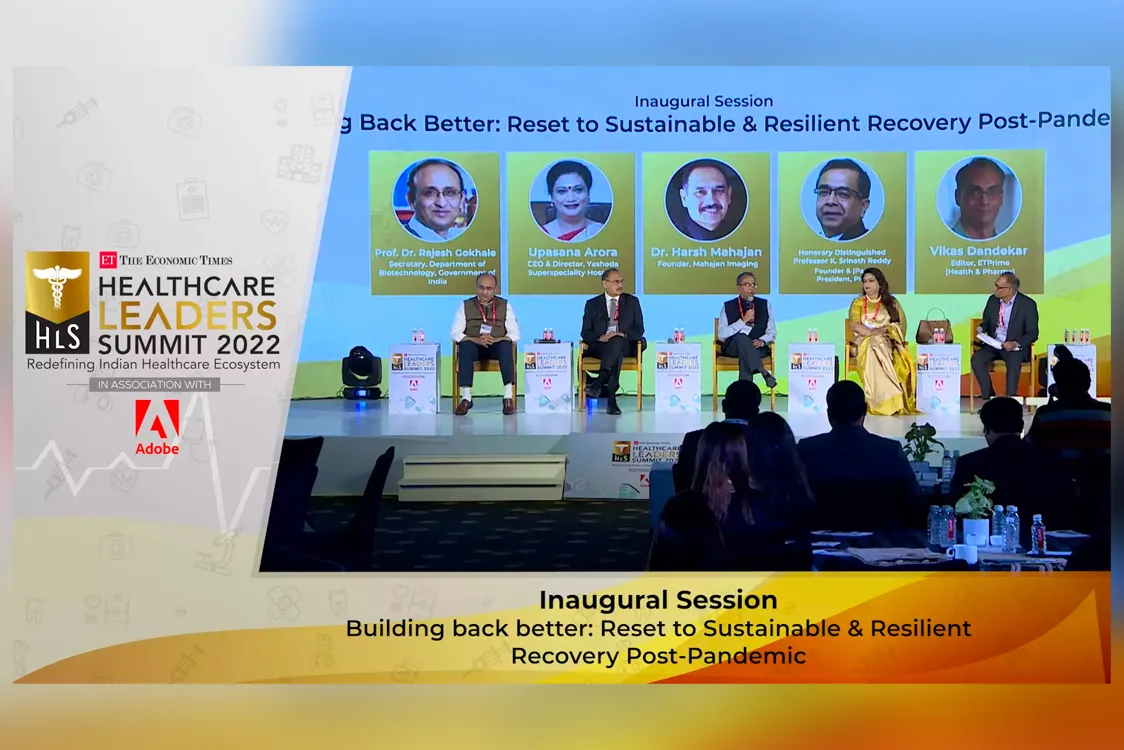High blood pressure or hypertension is a major concern in India, affecting millions, and it is often called a “silent killer” due to a lack of noticeable symptoms.
Hypertension can significantly raise an individual’s risk of heart attacks, strokes, and kidney problems. However, through lifestyle modifications, hypertension can be managed, and one can achieve healthy blood pressure levels while significantly reducing the risk of complications.
Five easy-to-adopt simple lifestyle modifications to control hypertension
Incorporate a DASH diet plan: The DASH menu (Dietary Approaches to Stop Hypertension) effectively reduces blood pressure. One must incorporate fruits, vegetables, and whole grains, packed with essential minerals, vitamins, and fiber, contributing to a healthy heart and overall well-being. Aim for at least five servings daily.
-
We must include fresh fruits and vegetables in our diet. They provide a wealth of vitamins and minerals, including potassium, vital in regulating the blood pressure.
-
Whole grains and millets: Compared to refined grains, whole grains are digested more gradually, leading to steadier blood sugar levels and potentially reduced blood pressure. Millet and oats are particularly good choices due to their high content of complex carbohydrates.
-
These complex carbohydrates take longer to break down into sugars, providing sustained energy and helping you feel satisfied for a longer period. This can be especially helpful in managing weight and positively impacting blood pressure control.
These food categories (fruits, vegetables, and whole grains) are all high in fiber, promoting satiety, making one feel fuller for longer, and less likely to overeat, especially unhealthy options. Here are a few points to follow when it comes to having a healthy diet:
-
Plan your meals: Create a weekly menu using DASH diet principles to avoid unhealthy cravings.
-
Read food labels: Choose pre-packaged meals with lower sodium content.
-
Cook more at home: Take control of your salt and fat intake by cooking meals yourself.
Reduce salt intake: Sodium is a major culprit of high blood pressure. The average Indian takes in sodium far more than the daily limit recommended. So, here’s what you should do:
-
Avoid processed foods as they are loaded with hidden salt. Choose fresh, whole foods instead.
-
Skip adding extra salt to the table. Flavor your food with herbs, spices, or a dash of lemon.
-
Watch out for hidden salt in seemingly healthy options like canned veggies, pickles, and ready-to-eat sauces.
-
Reduce salt intake gradually each time until about 2–3 weeks are over.
-
Experiment with spice; we have multiple Indian spice options with multiple health benefits. Try them instead of adding more sodium for taste.
Maintain a Healthy Weight: Losing a few kilograms can help control high blood pressure. Concentrate on losing weight healthily by eating a balanced diet and exercising regularly.
Maintain Active Lifestyle: Regular physical activity is key to controlling high blood pressure. Make it a habit to get at least 30 minutes of moderate exercise most days. One must try different activities until one finds something suitable. Start gradually and increase intensity as you gain strength. Teaming up with a friend is a good idea to stay motivated and accountable and enjoy your chosen physical activity.
Stress Management: Stress over the long term can contribute to high blood pressure. This can be managed by:
-
Relax and unwind: Embrace yoga or meditation for mind-body calmness. Deep breathing exercises are also powerful stressbusters.
-
Prioritize sleep: Aim for 7-8 hours of quality sleep each night. Sleep deprivation worsens stress.
-
Do what you love: Make time for hobbies that bring you joy and promote relaxation.
Lifestyle changes work best when coupled with proper medical attention. Visit your doctor for blood pressure checkups and discuss personal requirements frequently. Regular checks can help monitor our health and initiate timely treatments before any complication is developed.





